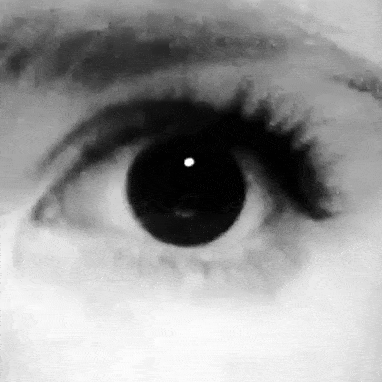Implant magnets into eye sockets to cure disease
The newly developed process allows stabilizing the position of the eye through the implantation of titanium magnets into the eye socket.
If you have to see a doctor to treat nystagmus , do not expect the doctor to prescribe you 2 pills a day, then take it out. In fact, a new study has recently suggested a more radical treatment and more related to machines: surgical implantation of a magnet into an eye socket.

"Eye dancing" syndrome.
A team of scientists from the University of London and Oxford University have worked out a solution to treat opsoclonus-myoclonus syndrome (unintentional eye twitching syndrome - involuntary muscle twitch I mean , and for every 400 people, one person has it. This disease causes many problems for the subject because it makes the world around them constantly move constantly. The newly developed process allows stabilizing the position of the eye through the implantation of titanium magnets into the eye socket. Doctors will use two magnets, one at the end of the eye socket, and the other will be attached to the muscle zone responsible for controlling eye movement.
'A neurological problem will often need a solution related to neurology,' said Professor Parashkev Nachev, a neurologist and author of this study, sharing with Digital. Trends. 'Most of the previous treatments focused on changing the way the nervous system works.'
The problem with this method is that the medicine will bring about side effects, making the patients always sleepy. The complexity of this disorder means it is difficult to apply this treatment to another patient. Nachev compared this action to be the same as trying to fix the motherboard's error in the computer by changing the location of the power supply.

In addition to treating eye jerks, devices use magnets to distribute drugs in people.
'So we try to go the other way, focusing on the point where the nervous systems are concurrent: that is the eye control muscles ,' he said. 'Because the force to create eye movements is greater than the force that causes eye jerking, in theory, we can exert a force that can impair eye jerking, but not image. enjoy normal movements. This cannot be done directly, for example, by using a standard wool yarn, because the eye tends to respond to this arrest by producing scarring, which leads to a stalled eye and cannot move. Instead, we have to do it remotely, by applying a braking force without creating a direct attenuation effect. That is our method. "
Although Nachev emphasized that this treatment was only in development, it was successfully tested on his brave patient. This team's research has recently been published in the scientific journal Opthalmology.
In addition to treating eyestrain, devices use magnets to distribute drugs in people, along with many other magnet implant surgery methods, it seems that magnets are gradually becoming a very useful new tool. in medicine.
- Magnets help treat heart disease
- Video: A collision of 320km / h when two magnets attract each other
- Is the cure for HIV coming soon?
- Use magnets for healing
- Cure cancer with ... magnets?
- Magnets for pain?
- Chase alligators with magnets
- New Implant techniques help deaf people hear clearly
- How has the magnet changed the world?
- Create a magnet that flows like water
- What is dental implant?
- Implant chips support smartphones predicting heart attacks
 Green tea cleans teeth better than mouthwash?
Green tea cleans teeth better than mouthwash? Death kiss: This is why you should not let anyone kiss your baby's lips
Death kiss: This is why you should not let anyone kiss your baby's lips What is salmonellosis?
What is salmonellosis? Caution should be exercised when using aloe vera through eating and drinking
Caution should be exercised when using aloe vera through eating and drinking